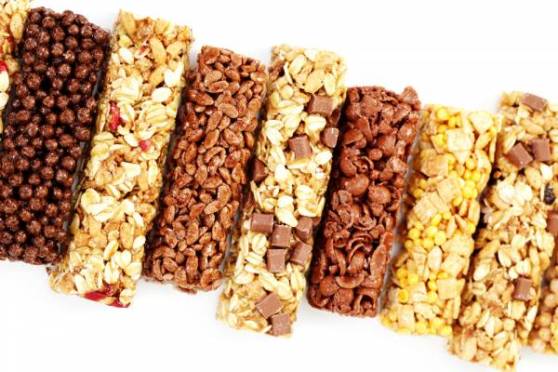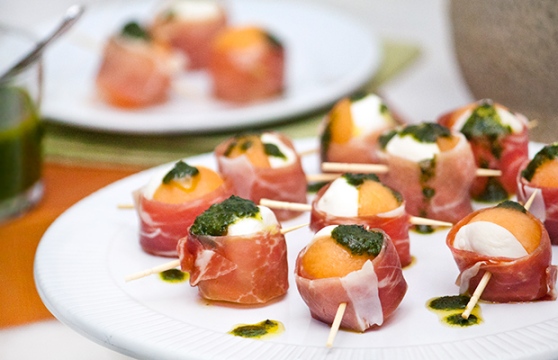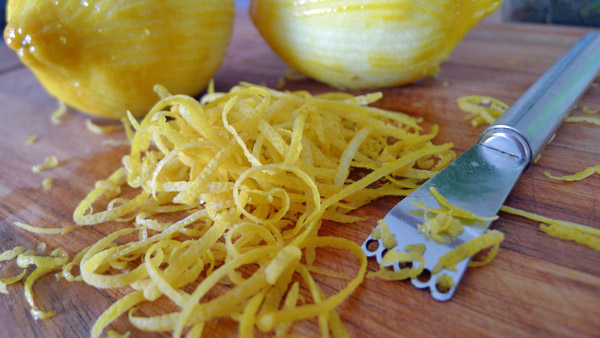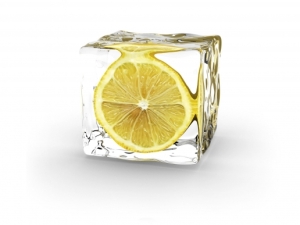
If you’re looking for an energy bar that truly provides energy instead of zapping it, you better plan on spending some time looking at the food labels on these products. Although granola and energy bars are often relied upon as a snack of choice, some bars are surrounded by health halos even when they’re actually full of unhealthy ingredients.
Not all bars are alike. The key is trying to choose a bar that adds value to your diet and contributes a balance of protein, fiber, whole grains, healthy fats, vitamins, and minerals. The right snacks keep blood-sugar levels and moods stable, and may help you stay alert and focused. In fact, some snacks can even help you lose or maintain weight if they satisfy your mind and mouth and they keep you from otherwise eating high-calorie foods that are devoid of value.
Here’s how to navigate the bar aisle to make a choice that best suits your needs:
1. Look for a bar that contains about 5 grams of protein.
There’s no need to go for bars that contain an overwhelming amount of protein. Excess protein doesn’t go directly to your muscles! Unless you’ve suffered an illness, where you had significant protein (muscle) loss or if you have increased needs for protein, much of the excess protein that is eaten is stored as body fat. Protein taken in greater quantities than needed, over extended periods of time, might result in bone thinning or perhaps impair kidney function.
Be sure to check to see that you’re getting protein from real, whole-food sources, like nuts, as opposed to highly processed ingredients mostly from isolates. A bar that contains around 5 grams of protein should do the trick, especially in the company of other nutrients below.
2. Make sure the main source of sugar comes from fruit.
Avoid sugar sources like added sugars, sweeteners, or sugar alcohols. Check to see how sugar is spelled — sometimes it’s not S-U-G-A-R! Sugar can appear as dextrose, maltose, organic can juice, rice syrup, and so on. Look for sugar in the form of real fruit, not pseudo-fruit-like substances.
3. Choose a bar that has healthy carbohydrates.
Look for whole grains on your ingredient list like oats, millet, buckwheat, amaranth, and quinoa. Fiber provided by these grains will help move you — look for around 5 grams of fiber.
4. Don’t be fat phobic.
Helpful fats derived from nuts can be deliciously satisfying, and certain fats (like almonds and walnuts) have even been shown to help lower cholesterol and stabilize blood-sugar levels. Your best bet is when the source of fat is derived from nuts.
5. Be mindful of calories.
You want to keep your snack bar between 150 and 200 calories, especially if you’re trying to watch your weight.
6. Aim for transparency.
Pick a product that actually looks like the ingredients contained within. Instead of looking like a piece of pressed wood, your bar should proudly display the nuts, grains, and fruit that appear on its ingredient list.
Raise the bar by choosing one that your body will be happy to reach for when you need it.
Here are some healthy bar recipes if you’re up for cooking your own:

No Bake Granola Bars:
Healthy, no bake granola bars with just 5 ingredients and a sweet, crunchy texture. Peanut butter and honey complement each other perfectly in this ideal portable breakfast or snack.
1 cup packed dates, pitted (deglet nour or medjool)*
1/4 cup maple syrup (or agave for vegan option)
1/4 cup creamy salted natural peanut butter or almond butter (even better make your own!)
1 cup roasted unsalted almonds, loosely chopped
1 1/2 cups rolled oats (gluten free for GF eaters)
optional: chocolate chips, dried fruit, nuts, banana chips, vanilla, etc.(I add walnuts &/or pecans and dried cranberries)

Process dates in a food processor until small bits remain (about 1 minute). It should form a “dough” like consistency.
**Optional:Toast your oats in a 350 degree oven for 15-ish minutes or until slightly golden brown. Otherwise, leave them raw (I just prefer mine toasted)
Place oats, almonds and dates in a bowl – set aside.
Warm honey and peanut butter in a small saucepan over low heat. Stir and pour over oat mixture and then mix, breaking up the dates to disperse throughout.
Once thoroughly mixed, transfer to an 8×8 dish or other small pan lined with plastic wrap or parchment paper so they lift out easily.
Press down until uniformly flattened. Cover with parchment or plastic wrap, and let set in fridge or freezer for 15-20 minutes to harden.
Remove bars from pan and chop into 10 even bars. Store in an airtight container for up to a few days or refrigerate.
PEANUT BUTTER & HONEY CHEWY GRANOLA BARS
Ingredients:
2 cups gluten-free rolled oats
1/2 cup creamy natural peanut butter* (unsalted)
1/2 cup honey
1/2 teaspoon sea salt (optional)
*Peanuts are one of the crops most heavily sprayed with pesticides, so make sure to buy organic whenever possible.

Line a standard loaf pan with parchment paper and set aside. In a small saucepan over medium-high heat, bring the honey to a boil. Set a timer, and allow the honey to continue boiling for 1 minute. In the meantime, place the oats in a large bowl and set aside. Remove from the pan of honey from the heat and stir in the peanut butter and salt. Immediately pour the warm mixture over the oats, and use a spatula to stir well, coating the oats evenly. As the mixture cools, it will become sticky and difficult to mix, so be sure to move quickly!
Transfer the mixture to the lined loaf pan, and press HARD to pack it into the pan. Pressing firmly will ensure that the bars stick together well later. Place the pan in the fridge or freezer to cool, then use a large knife to cut the bars. I like to store these bars in the freezer for best shelf life (up to 6 months) then pull them out as needed– they thaw in about an hour, which makes them perfect for a mid-morning snack. If you’d prefer to store these bars at room temperature, they should last for up to a week.






























